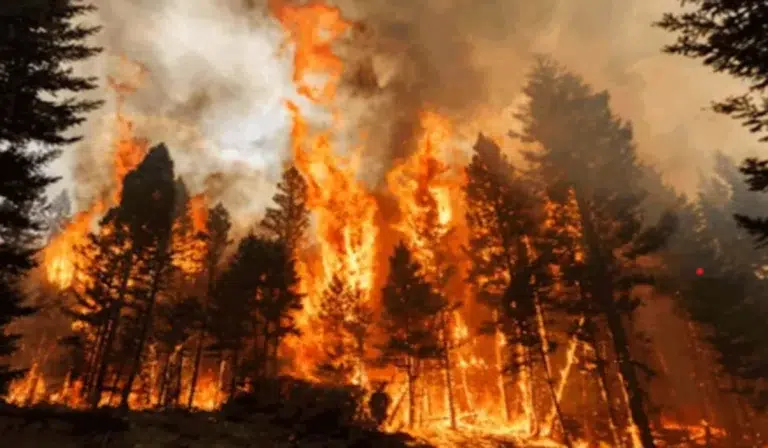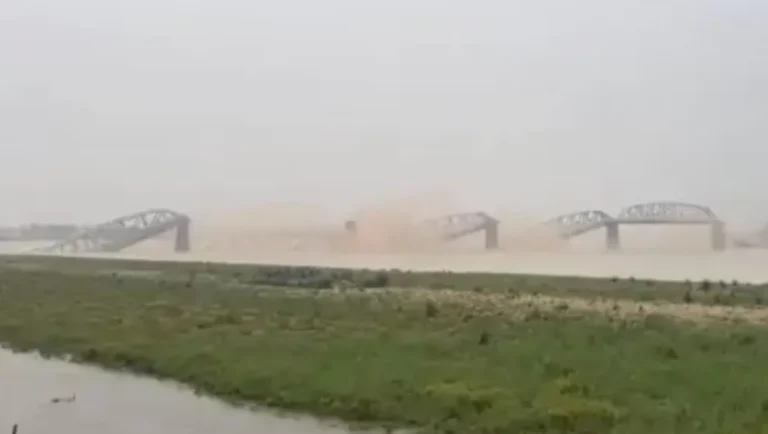The consequences of climate change are impossible to ignore. Global weirding, as they call it, has started to grip some other 95 percent of the major cities of the world that look battered from unending torrential rains or droughts. Influential urban centers in India like Lucknow, Mumbai, Chennai, Kolkata, Bengaluru, or Delhi are literally sitting bang in the eye of the storm. Researchers from Bristol and Cardiff University have analyzed the global situation by collecting data from 112 cities, confirming what many feared all along: “The weather is out of control, plunging us deeper into the climate crisis.”
Global weirding is not really a catchphrase; rather, it describes extreme weather events, record climate swings, and ever-deepening impacts on life as we know it-from extreme heat to flash floods.The world is looking, and experts are racing against time to figure out possible ways of adapting before it is too late.
Decoding “Global Weirding”: When Weather Turns Wild
A description of global weirding would go something like this: where once there existed desert city- Riyadh is now being confronted by some freak floods at times; or Cairo, once an epitome of dryness, is being submerged in water. Such things are weather performing an absolute 180 like history and logic would never fathom. The Bristol and Cardiff study pointed that in 20 years 24 cities have completely flipped climates where once there were droughts; now, rains pour and where reliable rains fell, cracked earth stretches for miles.
The chaos goes on. These include cities such as Dallas, Jakarta, and even Melbourne. Then, such is a case in Dallas where the long dry spell gives way to flooding within hours. Sinking into the rising seas, Jakarta is alternating between a torrent and drought. Melbourne is fighting against wildfire one day and heavy rains the next. That’s more than weird to be weather; it is more of a cry for help. And for Indian cities like Mumbai and Chennai, already saddled with malfunctioning infrastructures, “global weirding” changes manageable inconveniences to full-blown emergencies.
India’s Urban Nightmare: Cities Sinking Under the Strain
In the light of this unfolding crisis, Indian cities must strand themselves in a struggle to catch up. Two villains have been pointed out by researchers, namely, rampant urbanization and a water management system that is failing. And as cities like Bengaluru and Delhi stretch beyond their limits, swallowing vast green areas, the age-old drain systems-rotting pipes, overflowing sewers-cannot cope with the swings of wild weather. Then, when rains hit, they are converted to rivers; when drought persists, taps run dry. Urgent actions are necessary, concisely put by an expert Sol Oyuela: otherwise, more cities will slid into this dangerous zone.
The stakes are phenomenal. Delhi‘s water shortages and floods in Mumbai do not simply give inconvenience; instead, they show the world glimpses of what may be the future: inhumanity in urban life. Cities are poorly planned, hence the vulnerability of their spaces has been doubled by the havoc wreaked by global weirding. But these effects are no longer confined only to city-dwellers, with the situation worsening; farmers on the outskirts who feed these cities are now watching their fields dry or wash away.
“Day Zero” Looms: A Race Against Collapse
The ticking is even more intense on the clock today. The study elaborates that if climate change continues unabated, cities may hit much closer than before to “Day Zero”: the day when water literally stops flowing. Karachi and São Paulo are already on the edge, while Nairobi, Khartoum, and Jakarta are also dabbling into it. By drought, crops in Nairobi are devastated; then floods follow them, bringing disease. Jakarta, with its sinking street, is a continuous soggy testimony to the fight of a city losing standing against nature.
Experts acknowledge that there is still hope, but that hope rests on action. Immediate reconstruction of urban drainage networks is happening. Water conservation, including rainwater harvesting and aquifer recharge, could buy time. For India-the megacities which are lifelines for millions- it is like not an option but survival. Urban life could in a few decades become a daily grind of scarcity and chaos, the researchers warned, if nothing is done in an immediate future. From desert floods in Riyadh to waterlogged slums in Mumbai, ‘global weirding’ is a wake-up call we cannot afford to sleep.




